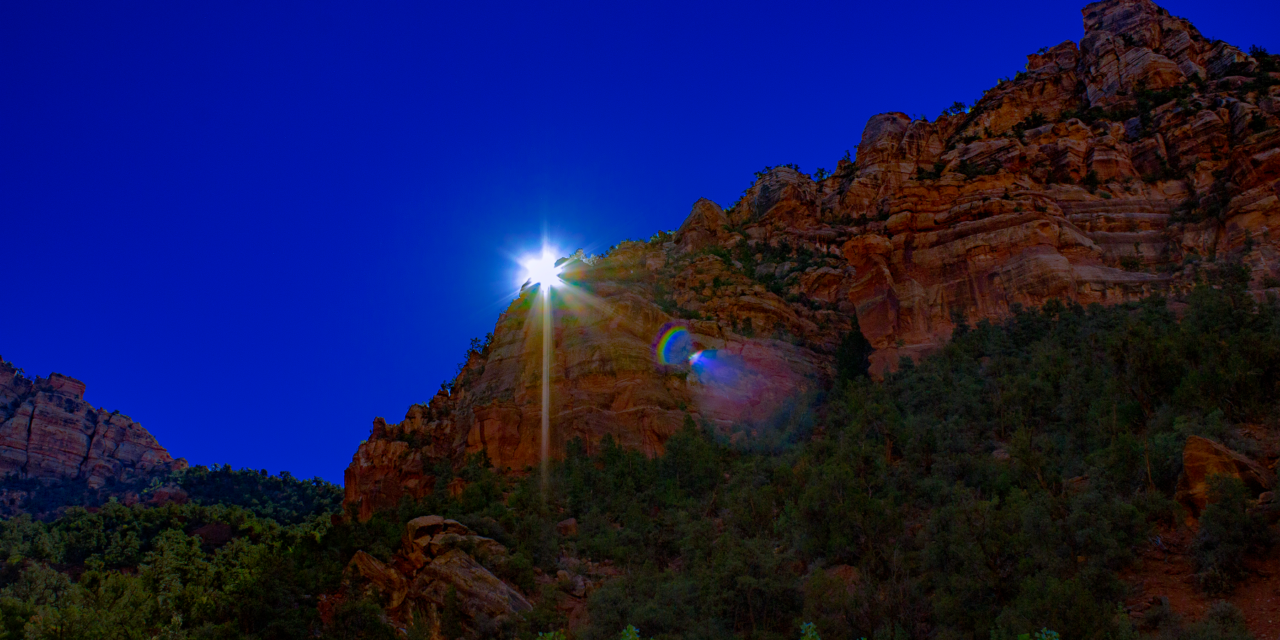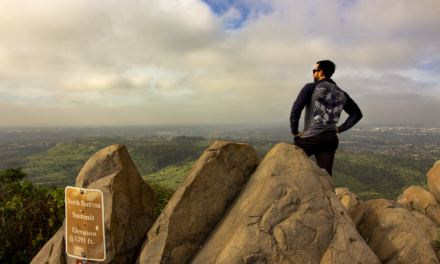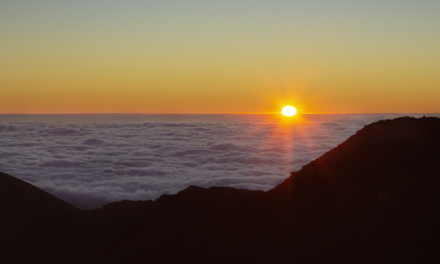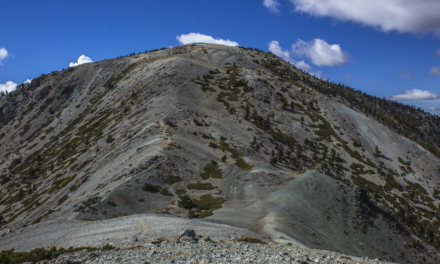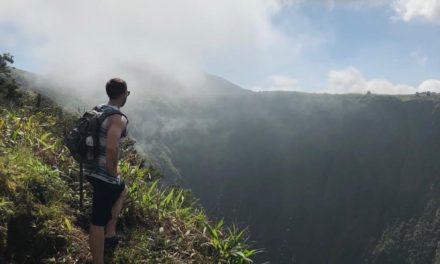Sun protection is important to consider while out hiking along the trails. According to the American Academy of Dermatology, skin cancer is the most common cancer in the United States. It’s estimated that one in five Americans will develop skin cancer in their lifetime. With hiking also comes a lot of potential sun exposure. There are however, very simple and practical ways to minimize sun damage while still enjoying nature’s beauty on the trail.
Hiking and Skin Cancer Risk
It’s not uncommon for me to be wearing a sun hat in many of my hiking pictures. Excessive sun exposure is no joke. I come from a fair skinned family and have been around the sun my entire life. All members in my immediate family all had to have cancerous skin spots removed from their body so odds are, it’s only a matter of time until the same will need to be done for me.
Rule number one of hiking is to have fun but there are important things to take into consideration and sun protection is one of them. Before getting started, I do want to share some important things to know when it comes to skin cancer.
Skin Cancer Fast Facts and Awareness
- Approximately 9,500 people are diagnosed with skin cancer every day (and those are just those diagnosed).
- Non-melanoma skin cancer rates are rising in people younger than forty. Of non-melanoma skin cancer, women have had the greatest increase in incidents over the last few decades.
- Melanoma is the fifth most common cancer for both men and women.
- Melanoma rates have doubled in the last few decades and continue to be on the rise.
- Limiting exposure to UV light is the most preventable risk factor for developing all types of skin cancers.
Hiking and Sun Considerations
There are a few considerations that all hikers should be aware of when it comes to being outdoors in the sun:
- Reflection of the sun off shiny surfaces like water, snow, or light colored rock can add to the overall UV exposure.
- There is less atmosphere to block the sun in higher elevations. For every one thousand feet in elevation, exposure to sun radiation increases by 4%. That means at 10,000 feet, there is 40% more exposure to the sun’s radiation than hiking at sea level.
- The sun’s damaging rays still get through even on a cloudy day.
Keeping these things in mind, it’s very important to be aware of the impact that the sun can have on our skin. There are four practical ways that hikers can limit their exposure to the sun’s dangerous rays.
Sun Screen
Sun screens are made up of chemical agents that are aimed at filtering out sun light. These products contain chemicals that keep ultraviolet light from penetrating the skin. The sun gives off radiation in two particularly harmful types: UVA and UVB.
The U.S. Food and Drug Administration is soon going to require all sunscreens to protect against both UVA and UVB light. However, it’s still important to check the bottle. Ensure that the bottle protects against both types. On most labels this will be shown as broad spectrum. The product is essentially useless if it doesn’t protect against both types of UV light.
Sun Block
Sun block differs from sun screens in that the products will contain chemicals that provide a physical barrier to block radiation from the sun. Zinc oxide or titanium oxide are the two most common types of sun block. Sun block is recommended above sun screen by most dermatologists. Some zinc oxide products leave behind a white opaque film on the skin. However, many products these days are clear and residue free.
My favorite type of sun protection is actually zinc oxide. I regularly wear this while out surfing. Although it does make my face white, I do find comfort in the fact that I’m getting the most protection out of any product.
Sun Protective Clothing
One of the best ways to cover up from the sun is to give your skin a complete barrier. While not all clothing does block against ultraviolet light, it does filter out a significant amount. There are some types of clothing out there that are made specifically to block UV light. When I’m out on the trail I usually wear a large rimmed had to shade my face, ears, and head from the sun.
Long sleeve clothing is generally recommended as a form of sun protection. There are types of clothing available that will still keep your body cool. Even when covering up with clothing, it is important to remember that UV light can be reflected off the ground and water and cause a sunburn. Cover any uncovered skin with sunscreen or sun block.
Sun Glasses
A good pair of sunglasses are a must on the trail. Eye tissue is very sensitive to ultraviolet light and even eyes can get a sunburn. Always purchase a pair of sunglasses that have UV protection. My recommendation is to spend a little extra money and use polarized sunglasses. Polarized sunglasses reduce additional glare. They also make the scenery look a bit more vibrant.
Find A Shade Covered Trail
Sometimes one of the best things to is to skip the trails with the low lying shrubs or chaparral. Instead, opt for a trail that offers a little more shade like an oak and cottonwood tree lined canyon or pine covered mountain. Just don’t forget to still protect yourself from the sun because trees only offer up so much cover.
Do you have any tips for other hikers when it comes to sun protection? Share them in the comments below.
Sources: 1. https://www.aad.org/media/stats/conditions/skin-cancer 2. https://myhealth.alberta.ca/Health/Pages/conditions.aspx?hwid=snbrn&

